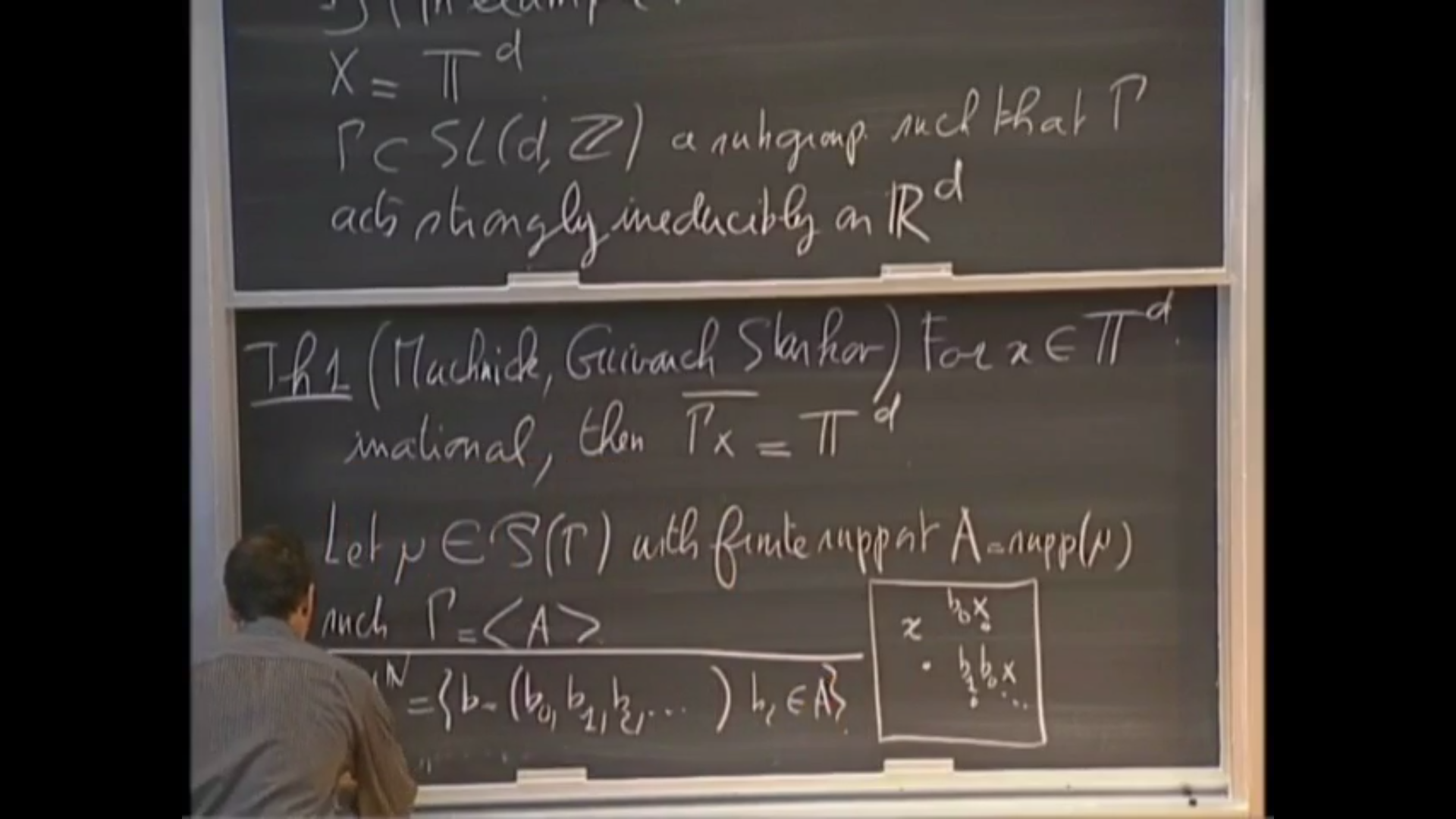Contraction of Areas and Homotopy Types of Mappings
Presenter
August 23, 2011
Keywords:
- quantitative geometry
- asymptotic geometry
- distortion
- embedding theorems
- Riemannian geometry
- homotopy theory
- homotopy groups of spheres
MSC:
- 46-xx
- 46Bxx
- 47H09
- 55Pxx
- 55-xx
- 55P99
- 57Rxx
- 57R12
- 57R15
- 57R60
Abstract
The k-dilation of a mapping measures how much the map stretches k-dimensional areas. The k-dilation of a map is at most D if any k-dimensional surface in the domain of k-dimensional volume V has image with k-dimensional volume at most DV. I'm interested in understanding how the k-dilation constrains the homotopy type of a mapping. We will discuss mappings from the unit m-sphere to the unit n-sphere. Perhaps surprisingly, homotopically non-trivial maps can have arbitrarily small k-dilation for certain k (depending on m and n).
For example, a homotopically non-trivial map from S^7 to S^6 may have arbitrarily small 5-dilation. But there are also limits to this phenomenon. For example, a homotopically non-trivial map from S^7 to S^6 cannot have arbitrarily small 4-dilation. We discuss some examples and then focus on how to prove lower bounds on the k-dilation of certain homotopically non-trivial maps.
